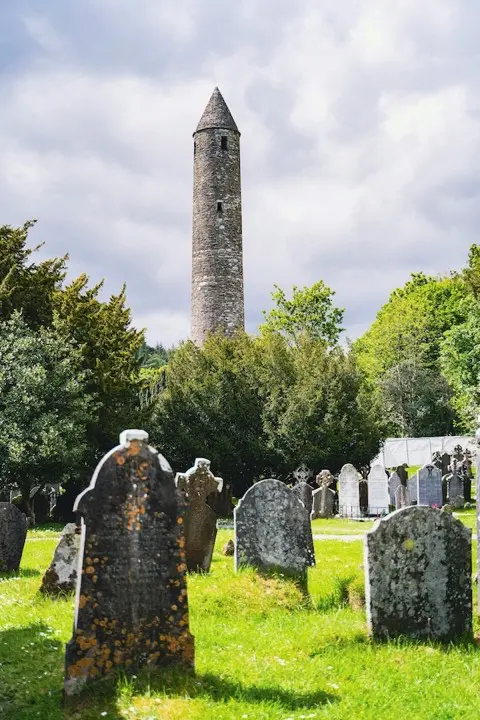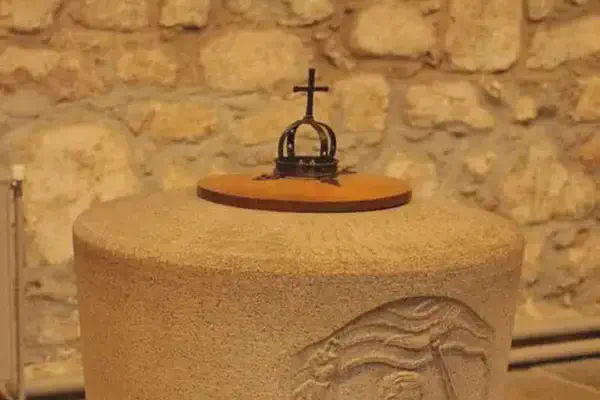On June 25, 1731 in Celtic History
The dublin society for improving husbandry, (later to become the royal dublin society on june 19, 1820), is founded on this date

Among Napoleon?s many enemies, one of the most persistent and implacable was the Breton rebel Georges Kadoudal.
Kadoudal would not get away. He was finally arrested in March 1804, and after a trial was condemned with eleven others to the guillotine.
Unwittingly, though, Kadoudal had changed the course of history. Desperate to determine who the unnamed Bourbon claimant to the throne was to be, Napoleon settled upon the duc d?Enghien, then living across the German border in Baden. The subsequent kidnapping and execution of d?Enghien (who most likely had nothing to do with Kadoudal?s plot) shocked Europe, and prompted the famous remark that the act was ?worse than a crime, it was a blunder.? Ironically, the killing of d?Enghien only cleared the field for the putative Louis XVIII in England to proclaim himself rightful king of France, and for once Napoleon had a definite royal opponent. Napoleon, though, would go one step better than the title of king to consolidate his power: on 2 December 1804 he crowned himself emperor of France.
A defiant Kadoudal went to the guillotine on 25 June 1804, demanding by virtue of his rank that he be first to mount the scaffold. After his body was given to a medical school, his skeleton was mounted and toured France as an anatomical exhibit, his skull in particular being used to illustrate the emerging theory of phrenology. With the fall of Napoleon in 1815 Kadoudal?s remains at last returned home, and were eventually placed in a mausoleum on the hill of Kerléano outside his native town of Auray.
Legend, however, was not done with Kadoudal. It was said that he took to the grave his knowledge of caches of arms and gold hidden by the Breton rebels, and fortune hunters to this day still seek clues to the location of ?Kadoudal?s treasure.?
Related Content

Shane Patrick Lysaght MacGowan, lead singer of the Pogues, died

St Machar Day, patron saint of Aberdeen

Oíche Shamhna - Cetlic New Year Eve (Halloween)

ALBAN ELFED (Welsh Bardic name for autumn equinox)

Feast day of St. James

John Davie Burgess, King of the Highland Pipers, died at age 71.